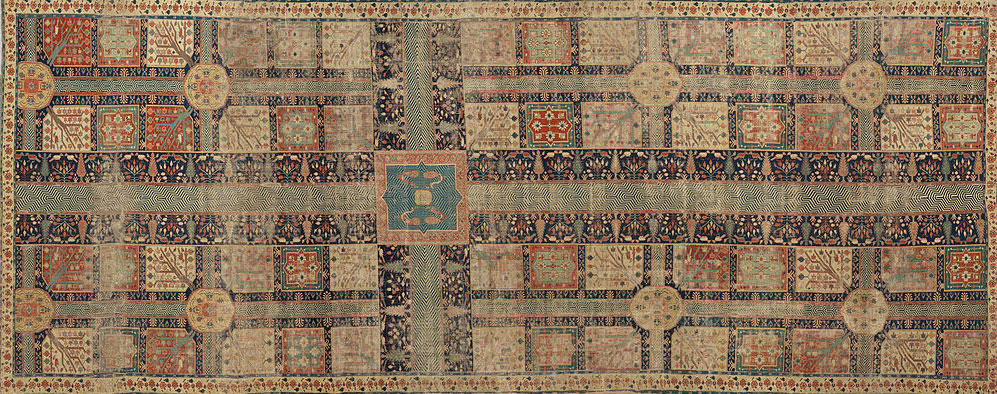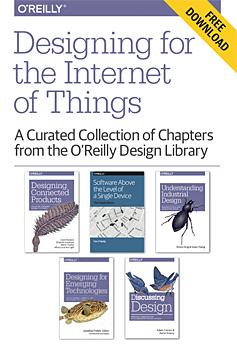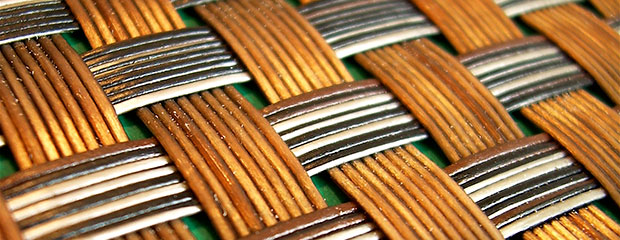
Download a free copy of Designing for the Internet of Things, a curated collection of chapters from the O’Reilly Design library. This post is an excerpt from Understanding Industrial Design, by Simon King and Kuen Chang, one of the books included in the curated collection.
Two of our richest senses, smell and taste, are not often associated with design. However, the creation of objects that support these senses is an ancient practice, embodied best by the tea set, where rituals of assembly and service lead to hints of the aroma. Holding the tea cup warms your hand without burning it, and the slow sipping of the tea forms a communal bond with other participants. Outside of classic and common serving items, designers today are increasingly finding new ways to collaborate with chefs and food companies to design with smell and taste in mind, forging a new frontier for sensorial design.
Martin Kastner is the founder and principal of Crucial Detail, a studio in Chicago that specializes in custom pieces to support unique culinary experiences. Martin is best known for his work designing serviceware concepts for Alinea, the 3-star Michelin restaurant founded by chef Grant Achatz. That collaboration has extended to other restaurants owned by Achatz, including The Aviary, a cocktail bar that prides itself on serving drinks with the same level of attention as a fine dinner.
At The Aviary, one of the most popular creations by Crucial Detail is the
Porthole Infuser, a round vessel that presents the ingredients of a patron’s cocktail between two flat panes of glass, emphasizing the transformative action of the steeping process and building anticipation for the cocktail’s taste. The Porthole Infuser takes a part of the preparation process that is normally hidden and brings it directly to the person’s table, providing time for the drinker to contemplate the ingredients on display, creating a mental checklist for their tongue to seek out when they take their first sip.
The popularity of the Porthole Infuser at the Aviary led Kastner to create a Kickstarter campaign to fund the additional design and manufacturing required to release it as a commercial product. Support for the project was dramatic, achieving 25 times more funding than originally asked. This backing set the course for a redesign that allowed the infuser to be manufactured at scale and sold for $100, down from the several hundred dollars that each custom constructed version for The Aviary cost.
The Porthole Infuser is marketed as more than a cocktail tool, working equally well to support the smell and taste of oils, teas, or any other infusion recipe. It’s an example of how designers can enhance the dining experience, not by crafting the smell or taste of the food itself, but working in collaboration with a chef to heighten our awareness of those senses. Read more…














